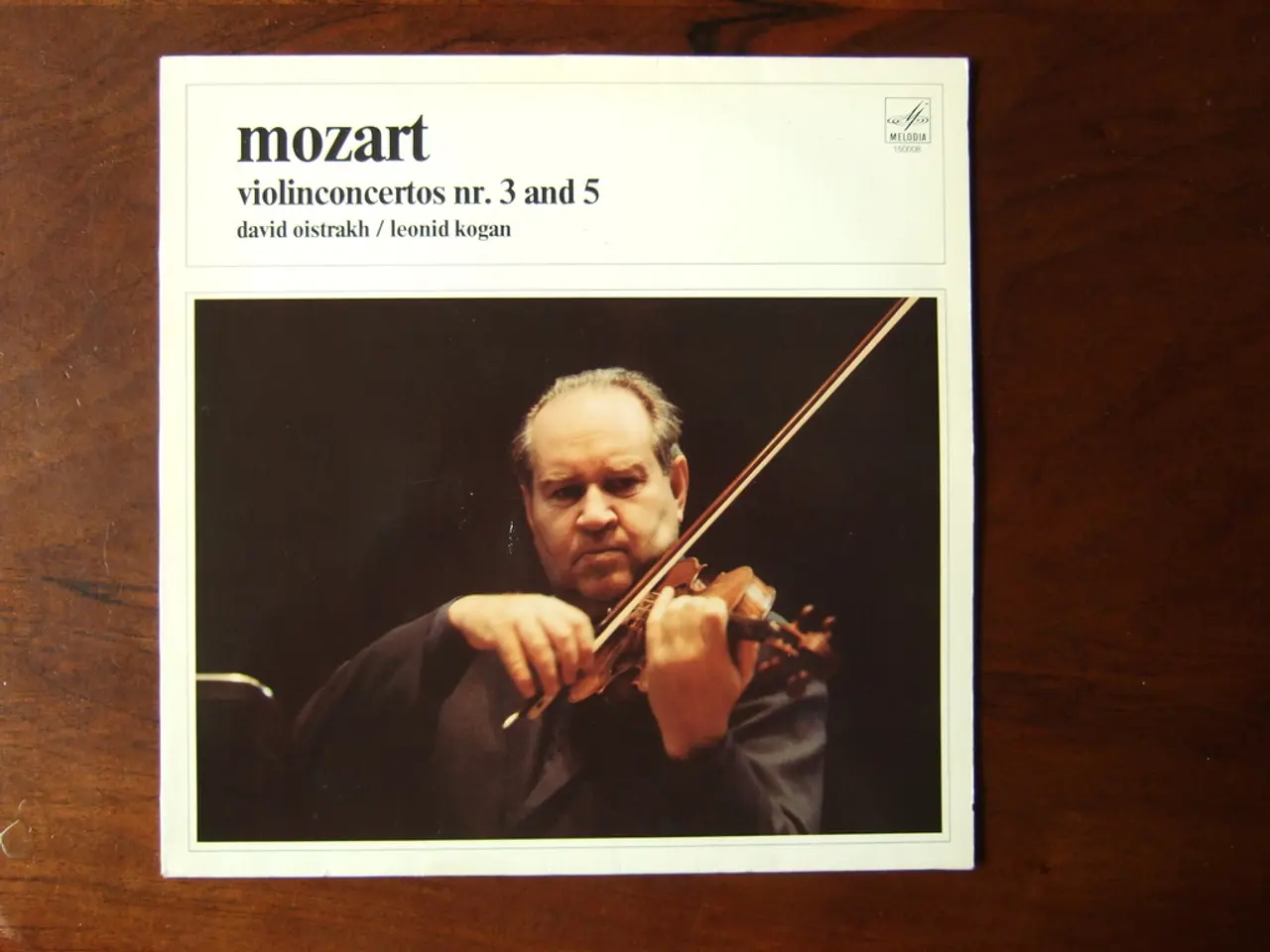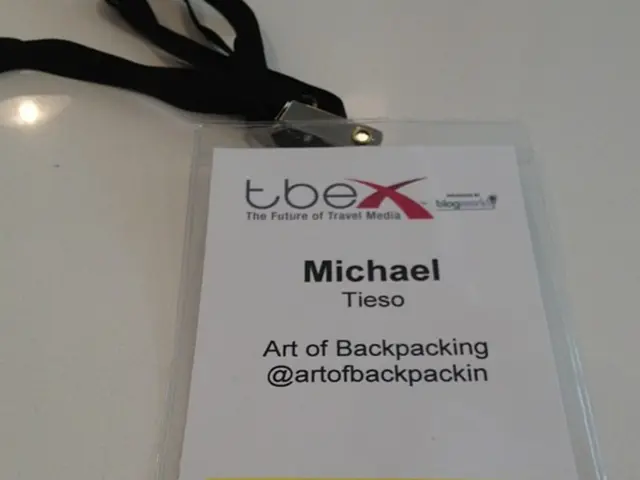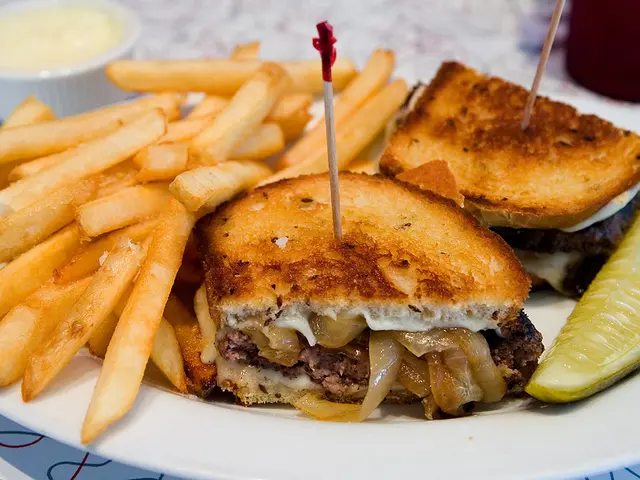Osnabrück Museum Quarter Hosts Discussion on Hans Georg Calmeyer's Complex Holocaust Legacy
Osnabrück Museum Quarter invites the public to a discussion on October 7, 2023, at 7 p.m., exploring the complex legacy of Hans Georg Calmeyer. Calmeyer, a lawyer from Osnabrück, served in the German occupation administration in the Netherlands from 1941 to 1944, where he had a significant impact on the lives of Jews.
Calmeyer's role was pivotal in determining the fate of Jews in the Netherlands. He classified individuals as 'Aryan', 'Jewish', or 'Mixed' in cases of 'racial doubt', a decision that could mean life or death. While his actions helped around 3,000 people escape deportation, he also bears responsibility for the deaths of other Jews.
The upcoming event, led by journalist Rainer Lahmann-Lammert and historian Dr. Thorsten Heese, aims to delve into the intricacies of Calmeyer's character and the role of the media in interpreting his legacy. The conversation will explore how memory is shaped, the responsibility of the media in conveying history, and dealing with morally ambiguous biographies. The event is free and will take place in the event hall of the Osnabrück Museum Quarter.
The Osnabrück Museum Quarter's event provides a platform for a nuanced discussion about Hans Georg Calmeyer's role during the Holocaust. By examining both his rescuing actions and critical aspects of his work, the conversation seeks to foster a more comprehensive understanding of this complex historical figure and the media's role in shaping our collective memory.




